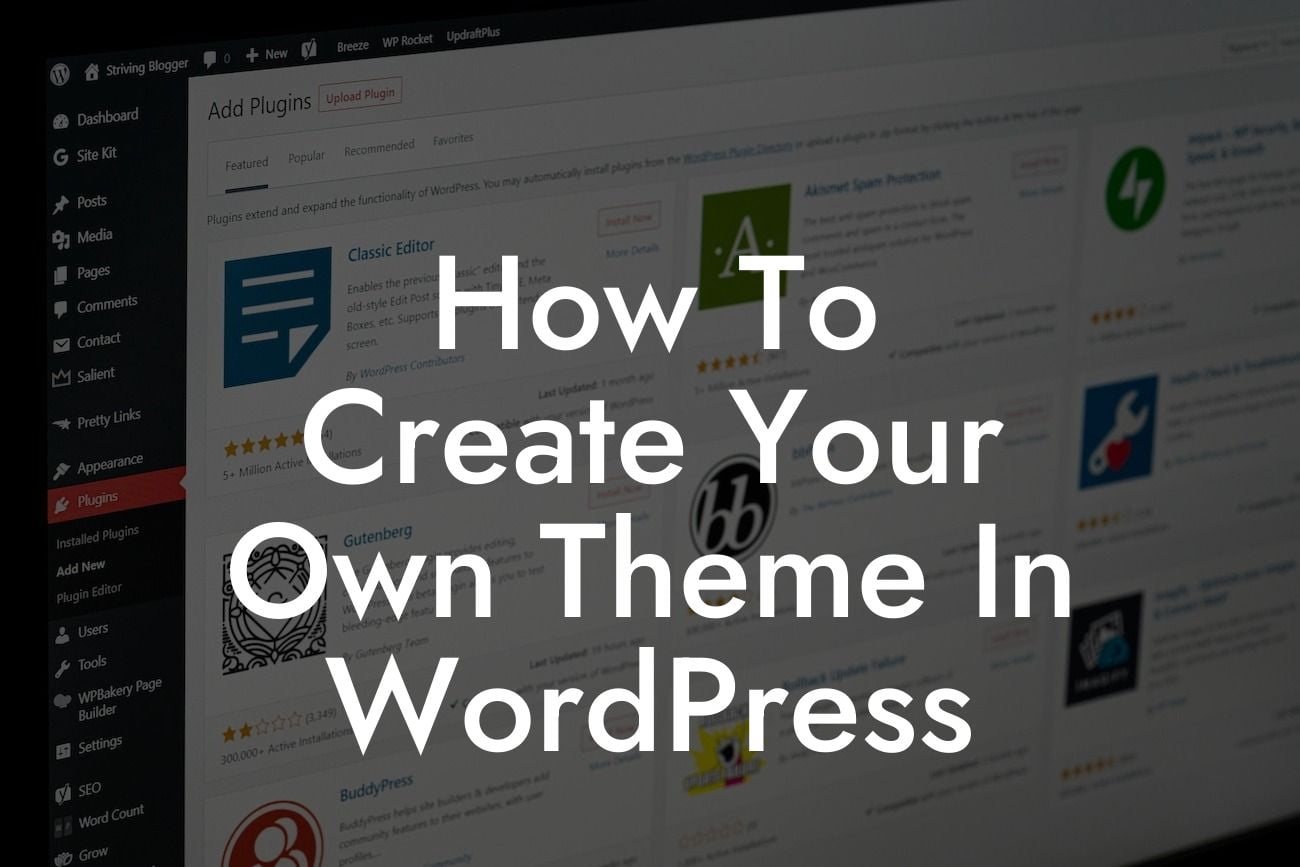Are you tired of using the same old WordPress themes that everyone else is using? Do you want to take control of your website's design and create a unique and personalized experience for your visitors? Look no further! In this article, we will guide you through the process of creating your own theme in WordPress, allowing you to showcase your brand's personality and stand out from the crowd.
Creating your own theme in WordPress may seem like a daunting task, but with the right guidance, it can be an exciting and rewarding experience. Follow these steps to get started:
1. Planning Your Theme:
Before jumping into the coding part, take some time to plan your theme. Consider your target audience, brand identity, and the overall functionality and design you want to achieve. Sketch out the layout, decide on color schemes, typography, and any unique features you want to incorporate.
2. Setting Up Your Development Environment:
Looking For a Custom QuickBook Integration?
To create a theme, you'll need a local development environment. Install XAMPP or MAMP to set up a local server on your computer. This will allow you to experiment with your theme without affecting your live website.
3. Creating the Basic Structure:
Start by creating a new folder in the themes directory of your WordPress installation. Give it a name that represents your theme. Inside this folder, create a new file called "style.css" and add the necessary header information. This file will contain the CSS styles for your theme.
4. Adding Functionality with PHP:
Next, create a new file called "index.php" and add the necessary template code. This file will serve as the main template for your theme. You can add additional template files for specific pages, such as "single.php" for single blog posts or "page.php" for individual pages.
5. Styling Your Theme:
Open the "style.css" file and start adding your CSS styles. Use appropriate H2, H3 headings tags, and organize your code with bullet point lists and ordered lists. Experiment with colors, fonts, and layout to create a visually appealing design that aligns with your brand. Don't forget to make your theme responsive and mobile-friendly.
6. Testing and Debugging:
Once you're satisfied with your theme's design and functionality, it's time to test it thoroughly. Preview your theme on different devices and browsers to ensure compatibility. Use debugging tools and fix any issues that may arise.
How To Create Your Own Theme In Wordpress Example:
To better illustrate the process, let's consider a hypothetical scenario. Imagine you're a freelance photographer who wants to showcase your portfolio online. Your theme should reflect your creativity and photography skills. You can incorporate a fullscreen image slider on the homepage, a clean and minimalist layout for your portfolio pages, and a contact form for potential clients to get in touch. With your own theme, your website will be a true representation of your unique style.
Congratulations! You've now created your very own theme in WordPress, giving your website a distinctive touch. Remember to share this article with other entrepreneurs and small business owners who could benefit from creating their own themes. Explore other guides on DamnWoo to further enhance your online presence and consider trying one of our awesome WordPress plugins to unlock even more possibilities!













